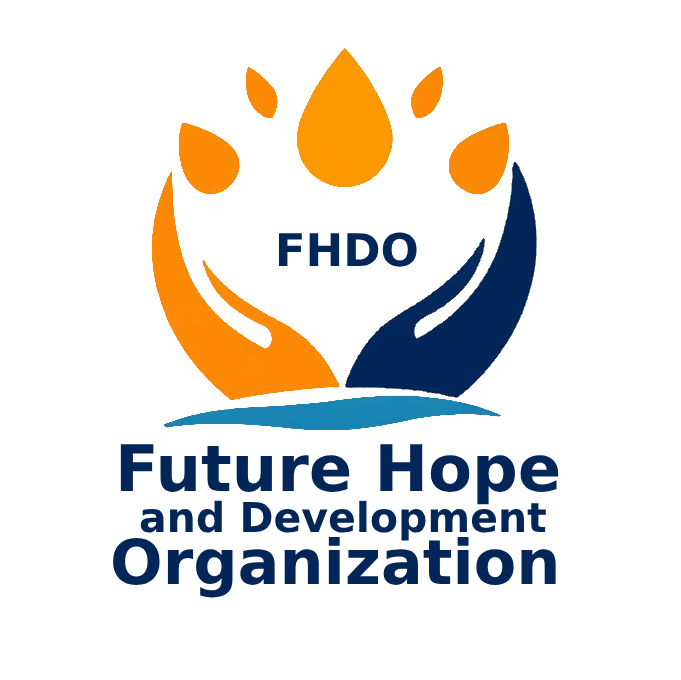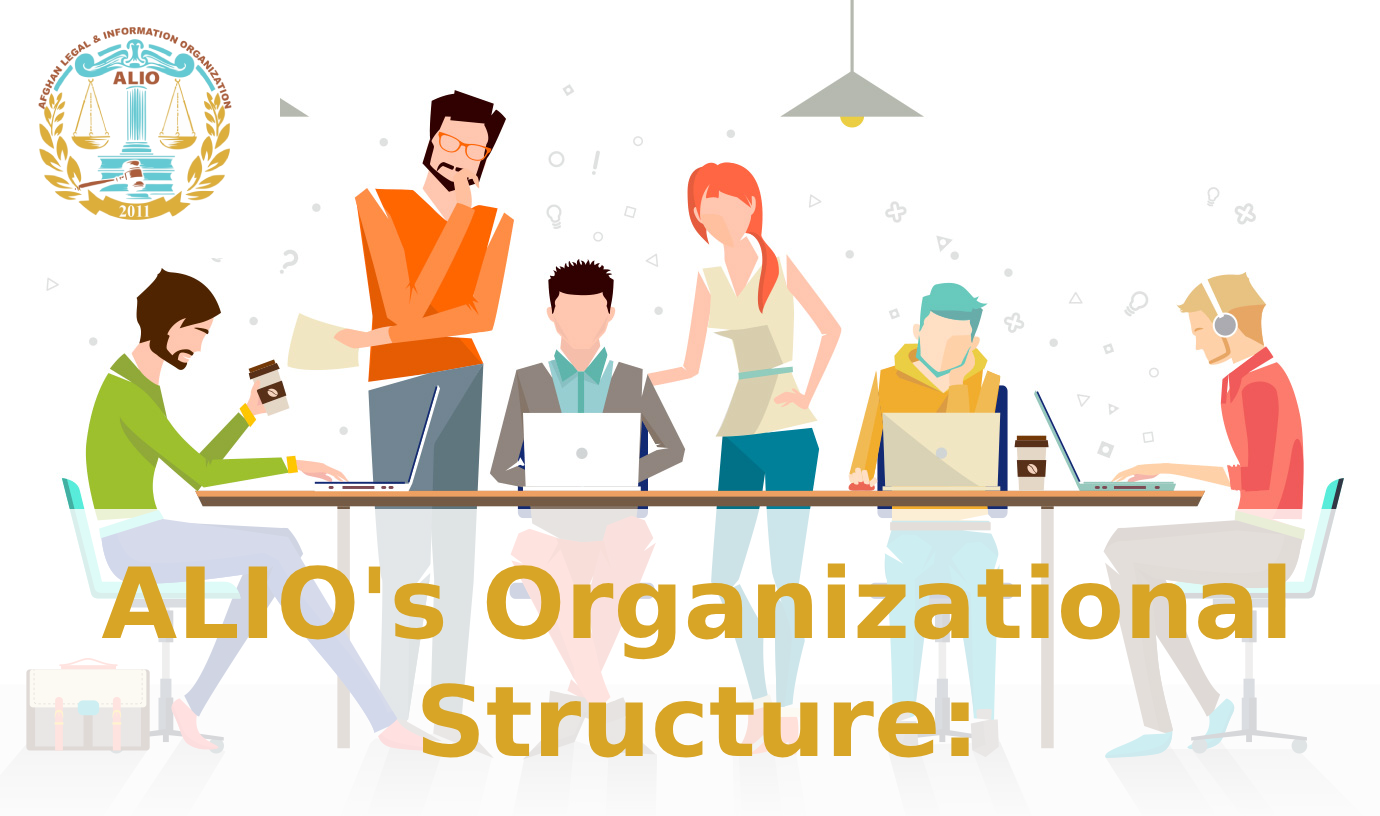-

-
-
Loading

Loading


Board of Directors:
This is a group of qualified individuals, empowered to act as a policy-making and decision-making body governing the affairs of the NGO. There are nine members of the board includingthe coordinator, who is its ex-officio member. The board has a chairperson and a vice-chairperson.
Executive Body:
To run the operational and administrative affairs of the NGO smoothly and effectively, anexecutive body
of the NGO, as per the following details, has been in place. Due to resource constraints, no regular staff
could be, so far, recruited. A core group comprising the founding members including four persons from
the Board of Directors and 10 nos. sector specialists are working as volunteers as:
The executive committee of the BoD (4 members) i.e. three men and one woman are part-time
contributors to provide policy guidelines, training of the volunteers, projection of the NGO, and assistance
in framing proposals and looking for donors. The Vice Chairperson of the BoD, who is a woman and has
rich experience in rural development, women empowerment, social mobilization, andpeacebuilding, is a
full-time volunteer and contact person for the NGO, along with the coordinator.
Coordinators:
An experienced development activist is working as Coordinator of the NGO on a full-time basis,voluntarily.
Regional Managers:
They are qualified and experienced development activists, with experience in social organization, HRD, coordination, and NRM. They are based at the circle level, averaging one per two districts. Besides them, there are other members from multidisciplinary backgrounds, who are very actively contributing to the NGO in these sectors. The NGO has a purely decentralized setup. All the Regional Managers are independently working at their level and present progress in the quarterly monitoring meetings of the NGO board and executive body.
Chairman:
The chairman of the board is an experienced development professional with outstanding vision and national and international exposure.
General Body:
It is the supreme body of the organization, comprising more than 100 members from the entire country. The body meets twice a year. All the board decisions are subject to approval by this forum.
Community Mobilization Volunteers:
It is the body that is either before the project or during the project implementation and chosen as a community volunteer for mobilization and support to the implementation of the project. Before onsetting the project, regional coordinators and field demonstrators usually carry out preliminary visits to the project area and approach these volunteers. These volunteers can be elders, youth, women, or the disabled groups of the community.
Number of Staff with gender breakdown:
FHDO has a total of 19 employees of which 11 (8 males and 3 Female of which one female is a defense attorney) employees are permanent and the other 8 employees are project base staff including trainers, consultants, and Volunteers.
Program Approach:
Adopting advocacy processes and involving people's legitimate social institutions, like CBOs, VOs, Jirga, Shura Committees, well-qualified and culturally literate poets, artists, singers, mid-level NGO and service providers, in needs identification, prioritization, planning, implementation, evaluation, and maintenance through awareness raising campaigns, social advocacy, dialogues, workshops, seminars,symposiums, posters, banners, newsletters, and fieldwork, etc. The declined and ignored but the most important social & traditional institutions of Afghan society i.e. Jirga, Shura, and Ashar will be renovated, which had played a very prominent role in community & cultural development, dispute resolutions & social reforms in Afghan society. Development interaction in communities will be made around Shura and Jirga as that had proven itself very effective in integrated communal efforts in the past.